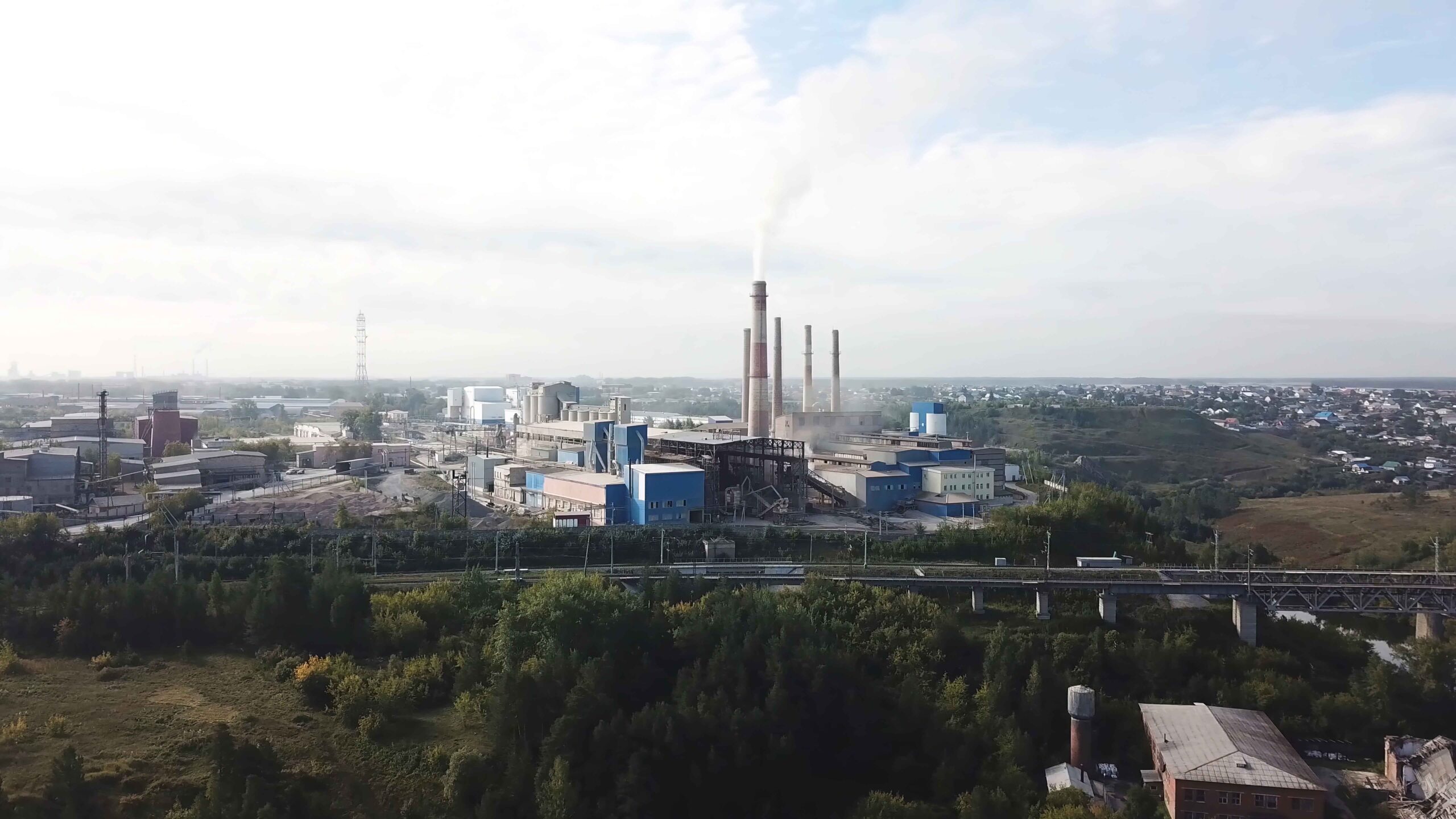Globally, industries generate a massive amount of thermal energy (as a byproduct), given the various processes they are involved in. This heat is usually released into the environment, and is hence, wasted. While doing so, many industries don’t realize the value of the usable energy they can generate from the heat they release to atmosphere. Precisely why, the process is called waste heat recovery. It fundamentally helps turn industrial heat (which otherwise would have been wasted) into usable energy, including electricity. Here’s more to it.
What is Waste Heat Recovery?
Waste Heat Recovery (WHR) is a process that involves capturing and reusing the heat generated as a byproduct during various industrial processes. As stated earlier, often, factories and production units release this heat into the environment. However, WHR systems make it possible to recover and repurpose the heat for different applications, helping companies enhance overall energy efficiency.
Waste heat recovery plants capture heat from various sources like furnaces, cement kilns, engines, turbines, boilers, and hot air streams from industrial processes. These plants can process different types of heat, including low-temperature (below 150 degrees Celsius), medium-temperature heat (150 degrees Celsius to 400 degrees Celsius), and high-temperature heat (above 400 degrees Celsius).
The recovered heat is used for various applications, including electricity generation, absorption refrigeration for cooling, generating low pressure steam/thermal oil heat for process consumption, preheating combustion air or feed water, and space or water heating. Usually, the industries using this technique include oil refining, chemical processing, power generation, paper and pulp, cement, etc.
Waste Heat Recovery Process
The process of waste heat recovery varies depending on the waste heat source type, application involved, and temperature levels. However, usually, this is how it is done.
- Identifying the Source and Characterization: This involves identifying and characterizing waste heat sources. It includes determining the temperature, composition, flow rate, and contaminants in the waste heat stream.
- Selecting Heat Recovery Equipment: Depending on the properties of the waste heat source, the experts select the right heat recovery equipment. This is imperative, since one of the key requirements of a waste heat recovery system is that it shouldn’t interfere with the process generating the waste heat. Hence, a thorough determination of the characteristics of the waste heat source becomes pivotal while designing the WHR system.
- Heat Transfer: The equipment chosen helps remove the waste heat from the source stream, usually by enabling heat transfer between the hot waste stream and a cooler working fluid. It can take place via direct contact or thermoelectric conversion.
- Working Fluid Loop: Often, the system transfers the heat recovered to a working fluid circulating through the waste heat recovery equipment. The fluid passes the captured heat to the utilization point.
- Utilizing the Heat: The waste heat that the system recovers can be used to generate steam for electricity generation, utilization in industrial production processes, provide space heating or cooling, etc.
- Controlling and Optimizing: Experts monitor and control the WHR process to drive optimal performance, safety, and efficiency. They do so while regulating parameters like flow rates, pressures, and temperatures to match the WHR equipment’s design conditions and numerous other factors. Utmost care is taken in control of WHR to avoid any adverse impact on original core production process which is releasing the waste heat.
Advantages of Waste Heat Recovery
Waste heat recovery plants result in various benefits for the companies that do it and the environment at a broader scale. Some of them include the following.
Lowering carbon emissions: A Waste Heat Recovery (WHR) power plant offers a highly effective solution for reducing CO2 emissions by capturing and repurposing otherwise lost heat from industrial processes to generate electricity. Since the WHR system leverages existing waste heat, it does not require burning fossil fuels to produce electricity, thereby avoiding new CO2 emissions. The potential for CO2 reduction is closely linked to the volume of recoverable waste heat, with advanced heat capture and conversion technologies maximizing emission reductions. The successful integration of a WHR system within an industrial facility is critical for optimizing CO2 reduction outcomes.
Enhancing Energy Efficiency: WHR enables companies to reuse heat and curb the need for excess energy input, lowering fuel usage. Lowering energy consumption results in reduced utility bills and operational costs.
Increased Equipment Longevity: Reducing the need for additional energy input helps lower equipment operational stress, increasing lifespan and reducing maintenance expenses.
Electricity Generation: Reliable electricity supply has become more valuable than gold, particularly given its rising costs and scarcity. Waste heat recovery systems can be designed to convert heat into electricity or mechanical power, creating an additional energy source for companies.
Increased Energy Security: Implementing a waste heat recovery system helps industries add an internal energy source, maximize asset utilization, and reduce dependence on external energy significantly. While helping improve energy security, it also safeguards industries from fluctuating energy costs.
JFE’s Cement Industry WHR Plant
JFE Engineering is one of the world’s leading solutions providers in waste heat recovery systems. Our support extends to providing WHR plants worldwide since 1982, with over 300 MWe of power generated by WHR systems. It includes the Waste Heat Recovery power generation system installed in a cement factory along with the use of the steam generated for space heating as per the requirement of the plant.
WHR systems efficiently recover heat from the hot exhaust gases and transforms it into electric power. The system utilizes only residual energy to generate electricity without requiring extra fuel. It is designed to emit zero greenhouse gases, thus exemplifying environmental consciousness.
Helping the Industrial World Generate Value from Thermal Energy
JFE Engineering is a purpose-driven organization with sustainability at the core of everything it does. Accordingly, we provide waste heat management solutions, helping companies increase plant efficiencies, generate energy, save costs, reduce fossil fuel dependence, and contribute more effectively to global sustainability endeavors. Our cement WHR technologies across the world exemplify ceaseless research, operational prowess, and value-driven approach.
Connect with us and unlock possibilities with thermal energy.



